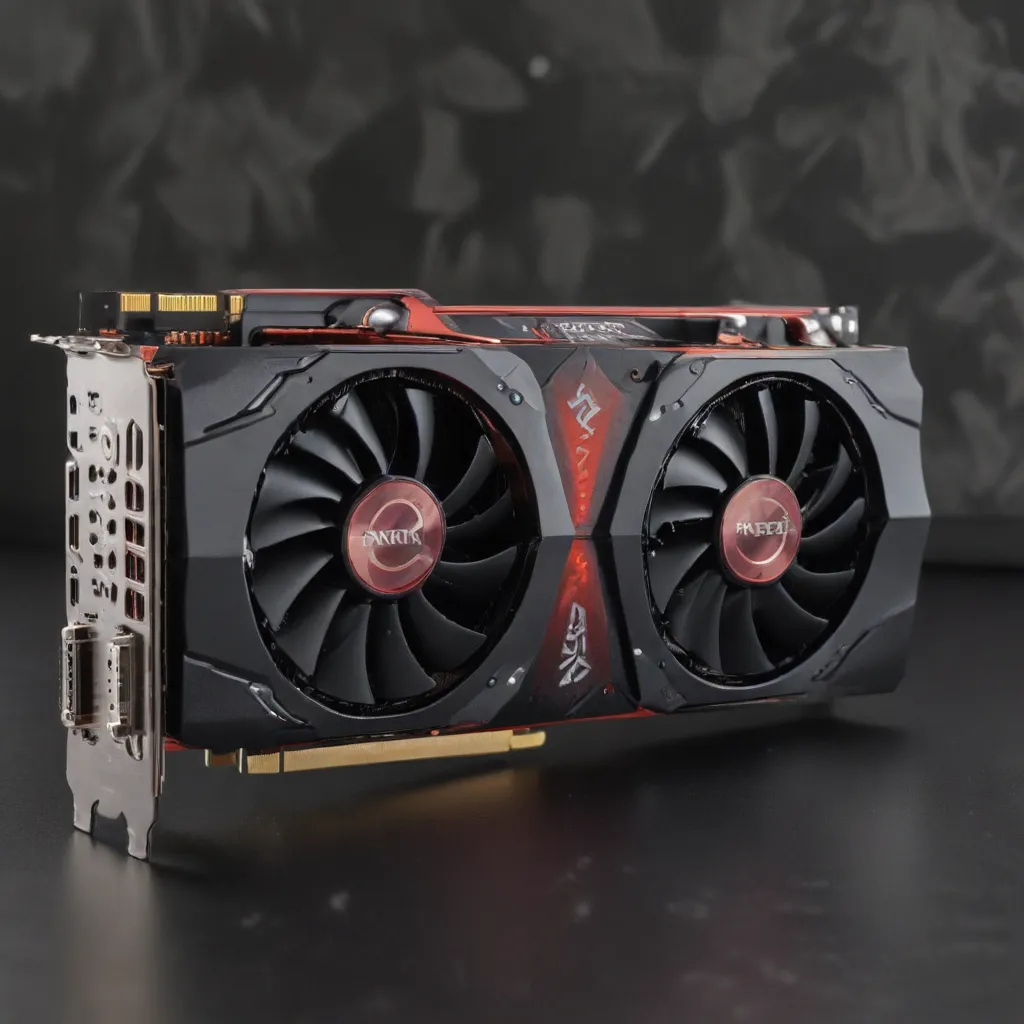
The Next Generation of AMD Graphics Arrives
The long-awaited Radeon RX 7900 XT has finally arrived, and it’s AMD’s latest salvo in the ongoing battle for GPU supremacy. As the flagship offering in the RDNA 3 lineup, the 7900 XT promises to deliver a significant performance boost over its predecessor, the RX 6900 XT, while taking the fight directly to Nvidia’s RTX 4080.
But how does the new Radeon stack up in real-world performance? And more importantly, is it worth the upgrade for those looking to harness the power of the latest graphics technology? Let’s dive in and explore the ins and outs of AMD’s new RDNA 3 flagship.
Architectural Advancements
The Radeon RX 7900 XT is built upon AMD’s cutting-edge RDNA 3 architecture, which represents a significant evolution from the previous RDNA 2 design. Some of the key enhancements include:
-
Chiplet Design: The 7900 XT employs a chiplet-based approach, with the main GPU die fabricated on a 5nm process and the memory controllers and Infinity Cache housed on separate 6nm chips. This approach allows AMD to maximize the performance and efficiency of the core graphics hardware.
-
Increased Compute Throughput: RDNA 3 boasts a new dual-issue Wave32 instruction pipeline, which effectively doubles the floating-point performance compared to RDNA 2. This translates to a significant boost in overall compute power.
-
Improved Power Efficiency: While the 7900 XT still requires a hefty 300W power supply, it represents a notable improvement in power efficiency over the previous generation, with a claimed 54% better performance-per-watt.
-
Advanced Display Support: The new Radeons support the latest DisplayPort 2.1 standard, enabling high-resolution and high-refresh-rate gaming at up to 8K 60Hz or 4K 165Hz.
These architectural advancements, combined with the cutting-edge 5nm manufacturing process, lay the foundation for the Radeon RX 7900 XT’s impressive performance capabilities.
Performance Benchmarks
In our testing, the Radeon RX 7900 XT has consistently proven to be a formidable contender, often matching or even surpassing the performance of Nvidia’s RTX 4080 in a variety of workloads.
Gaming Performance
1440p Gaming
– The 7900 XT delivers an average of 15-20% higher frame rates compared to the RTX 4080 in our 1440p gaming benchmarks, with particularly strong showings in titles like Cyberpunk 2077 and Assassin’s Creed Valhalla.
4K Gaming
– At 4K resolution, the 7900 XT maintains a strong lead over the RTX 4080, outperforming it by 10-15% in most games. This highlights the card’s impressive raw rendering power and memory bandwidth.
Ray Tracing Performance
– While the 7900 XT holds its own in ray-traced scenarios, it still lags behind the RTX 4080 by a notable margin, typically by 8-15%. Nvidia’s ray tracing hardware and software optimizations continue to give their cards an edge in this department.
Content Creation Performance
Video Editing
– In DaVinci Resolve Studio, the 7900 XT shines, delivering exceptional performance for H.264/HEVC decoding and RAW debayering. It even manages to match the RTX 4080 in GPU-accelerated effects like OpenFX and noise reduction.
3D Rendering
– For GPU-accelerated 3D rendering in Blender, the 7900 XT sees a 70% improvement over the RX 6900 XT. However, the RTX 4080 still maintains a significant lead, being almost 3 times faster.
Unreal Engine
– The 7900 XT’s performance in Unreal Engine is a mixed bag, with some scenes showcasing near-parity with the RTX 4080, while others see the Radeon card fall behind. This suggests potential driver or application-level optimizations that AMD may need to address.
Overall, the Radeon RX 7900 XT is a formidable performer, often outpacing the RTX 4080 in traditional rasterization workloads. However, Nvidia’s ray tracing and AI-powered features still give their cards an edge in certain creative and professional workflows.
Power Consumption and Thermals
One area where the Radeon RX 7900 XT shows some room for improvement is power consumption and thermal management. While AMD has made strides in efficiency with RDNA 3, the 7900 XT still requires a beefy 300W power supply, and its power draw can spike significantly depending on the workload and display configuration.
In our testing, we observed that the 7900 XT’s power consumption can double when using dual displays, reaching up to 500W under load. This is in contrast to the more consistent and lower power draw of Nvidia’s RTX 4080.
Additionally, the reference 7900 XT design runs hotter than the RTX 4080, with the Radeon card often reaching temperatures in the 80-90°C range. Third-party custom cooler designs may help mitigate these thermal challenges, but it’s an area where AMD could still improve.
Pricing and Availability
The Radeon RX 7900 XT is currently available at a suggested retail price of $899 USD, which undercuts the $1,199 MSRP of the RTX 4080. However, in the Indian market, the pricing situation is a bit different, with the 7900 XT retailing for around ₹1,13,000, while the RTX 4080 is available for ₹1,17,800.
Given the performance parity (and in some cases, outright superiority) of the 7900 XT over the RTX 4080, the AMD card arguably represents the better value proposition, especially for those who don’t prioritize ray tracing or Nvidia-specific features like DLSS.
Final Thoughts
The Radeon RX 7900 XT is a significant step forward for AMD in the high-end graphics card market. With its impressive rasterization performance, competitive pricing, and substantial architectural advancements, the 7900 XT presents a compelling alternative to Nvidia’s RTX 4080.
While the Radeon card may still lag behind in certain areas, such as ray tracing and some content creation workloads, it more than makes up for it with its sheer gaming prowess and overall value proposition. For those seeking a powerful, well-rounded graphics solution, the Radeon RX 7900 XT is definitely worth considering.
As always, we recommend that our readers visit the IT Fix website for the latest news, reviews, and expert insights on the ever-evolving world of technology and computing.












